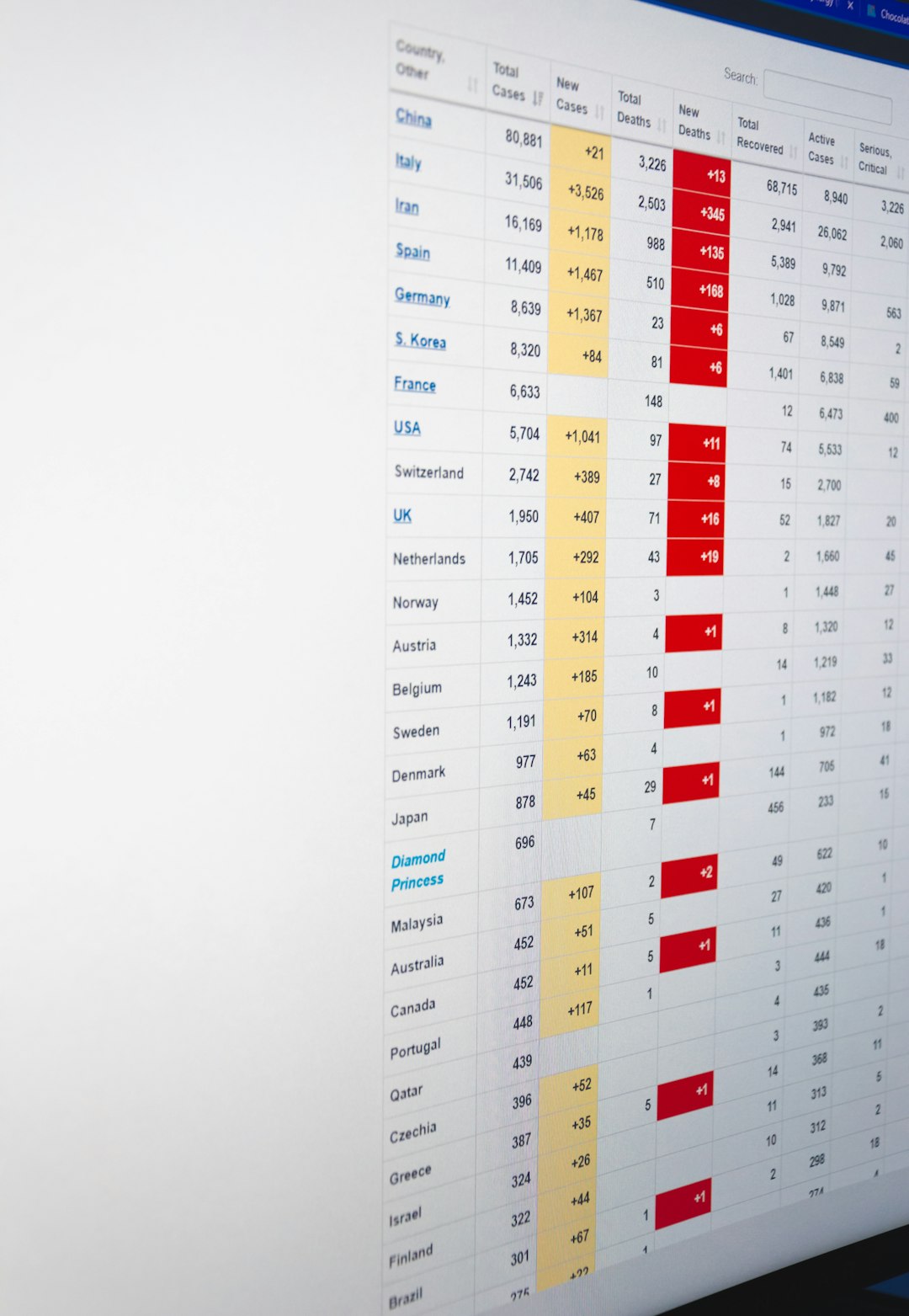In today’s dynamic enterprise landscape, achieving seamless connectivity between your project management tools and productivity platforms is essential. Organizations that use both Jira Align and Microsoft 365 Enterprise often look for an integrated solution to streamline operations, enhance collaboration, and foster agile development at scale. Fortunately, integrating Jira Align with Microsoft 365 can unlock substantial productivity gains if done correctly. This guide lays out the entire integration strategy, helping tech leaders and administrators build a unified digital ecosystem.
Why Integrate Jira Align with Microsoft 365?
Jira Align excels at scaling agile efforts across the enterprise, aligning teams with company strategy, and tracking progress in real-time. On the other hand, Microsoft 365 Enterprise provides a suite of productivity and collaboration tools like Outlook, Teams, SharePoint, and Excel that are central to day-to-day work for most enterprises.
When these two systems are connected:
- Project data flows seamlessly between development and business operations.
- Teams can get context-rich updates without switching platforms.
- Executives gain deeper insights through reporting tools like Power BI, fed directly from Jira Align’s datasets.

Key Integration Benefits
1. Real-Time Communication through Microsoft Teams
A major win is integrating Atlassian’s Jira Align notifications and task updates directly into Microsoft Teams. This allows cross-functional teams to stay informed about project alignment within the chat platform they already use.
2. Improved Document Access with SharePoint
Link Jira Align features, capabilities, or epics directly with SharePoint-hosted documentation. This ensures that each agile item is enriched with relevant reference materials stored within the enterprise file system.
3. Collaborative Tracking Using Excel and Power BI
Export and sync work hierarchy data from Jira Align to Excel for refined analysis. Better yet, use Power BI to pull in Jira Align datasets via connectors, enabling visualization of workstream health, report generation, and executive dashboards.
Pre-Integration Checklist
Before diving into the integration setup, make sure your enterprise is ready:
- Administrative Access: You must have admin rights on both Jira Align and Microsoft 365 tenants.
- API Readiness: Ensure that REST APIs are enabled in Jira Align and corresponding permissions are granted on Microsoft Graph API.
- Compliance Guidelines: Verify that data handling aligns with internal IT security and compliance policies.
Integration Approaches
1. Microsoft Teams and Jira Align Integration
Thanks to Atlassian’s suite of integrations, connecting Jira Align with Microsoft Teams is straightforward if you’re already using Jira Cloud or Data Center with Align.
Steps:
- Install the Jira Cloud for Teams app from the Microsoft Teams app store.
- Authenticate using your Atlassian credentials.
- Link desired projects or boards from Jira (connected to Jira Align).
- Create Teams channels that reflect Jira Align portfolios, value streams, or programs.
- Configure notifications and slash commands for updates and issue tracking.
This connection allows users to receive sprint updates, comment on features or user stories, and even create new issues directly from Teams.
2. SharePoint and Jira Align Integration
There’s no official Atlassian SharePoint plugin, but you can establish integration through third-party platforms like Microsoft Power Automate and Zapier.
Using Power Automate:
- Create a new flow triggered by Jira Align events (often through Jira event webhook).
- Use the HTTP request action to extract data from Jira Align’s REST API.
- Map data into SharePoint Item Lists or document metadata.
- Update folders or full document libraries based on Jira Align item activity.
This is especially useful for tagging updated documentation or collaboration contracts to Jira Align themes or capabilities automatically.
3. Using Excel and Power BI for Reporting
Enterprise stakeholders often require aggregated views of program progress for strategic decision-making. Syncing Jira Align data to Excel or Power BI helps bridge this gap.
Best Practices:
- Use the Jira Align API Connector within Power BI Desktop for direct pulls.
- Prepare a staging environment using Azure Data Factory if large volumes of normalized data are needed.
- Sync Excel spreadsheets with SharePoint folders for collaborative updates across departments.

Authentication and Security
Integration must consider user authentication protocols and platform security. You’ll want to use:
- OAuth 2.0 for Microsoft Graph API to ensure secure token-based workflows.
- SAML SSO for unified user access across MS365 and Jira Align.
- Role-Based Access Control (RBAC) to restrict data visibility based on business unit permissions.
Recommended Integration Tools
If your team prefers a non-coding route or requires enhanced scalability, consider the following tools:
- Atlassian Forge: Custom app development framework for connecting Jira-powered platforms to external APIs.
- Zapier: Great for simple two-way data integration workflows between Jira Align and 365 tools like Excel and Outlook.
- Workato or Tray.io: Suitable for large-scale automation flows needing error handling and advanced mapping.
Challenges to Watch Out For
While the benefits are immense, be prepared to tackle some complexity along the way:
- Data mapping concerns: Aligning Jira Align’s hierarchical structure with flat MS Office tables can be tricky.
- Versioning issues: API compatibility may vary between Microsoft 365 updates and Jira Align’s release cycles.
- Rate Limits: Microsoft Graph and Jira APIs impose limits on volume and frequency of requests—ensure you build efficient queries.
Maintenance and Optimization Tips
Once the integration is live, ongoing maintenance is key. Here are a few tips:
- Perform API health checks weekly to confirm data transfers are error-free.
- Schedule dashboards refreshes in Power BI during low-traffic hours to avoid MS resource contention.
- Monitor Teams integrations regularly to ensure that changes in permissions or tokens don’t break workflows.
Next Steps
Successfully connecting Jira Align with Microsoft 365 Enterprise includes thoughtful planning, secure data handling, and smart workflow design. Whether you begin with simple Teams messaging or roll out deep SharePoint and BI integrations, the productivity and alignment you’ll gain is well worth the effort. Consider starting with a pilot team, collect feedback, then scale gradually while fine-tuning settings along the way.
Bridging strategic planning tools like Jira Align with enterprise productivity platforms such as Microsoft 365 doesn’t just improve communications—it can transform your organization’s ability to act on its priorities with agility and clarity.
